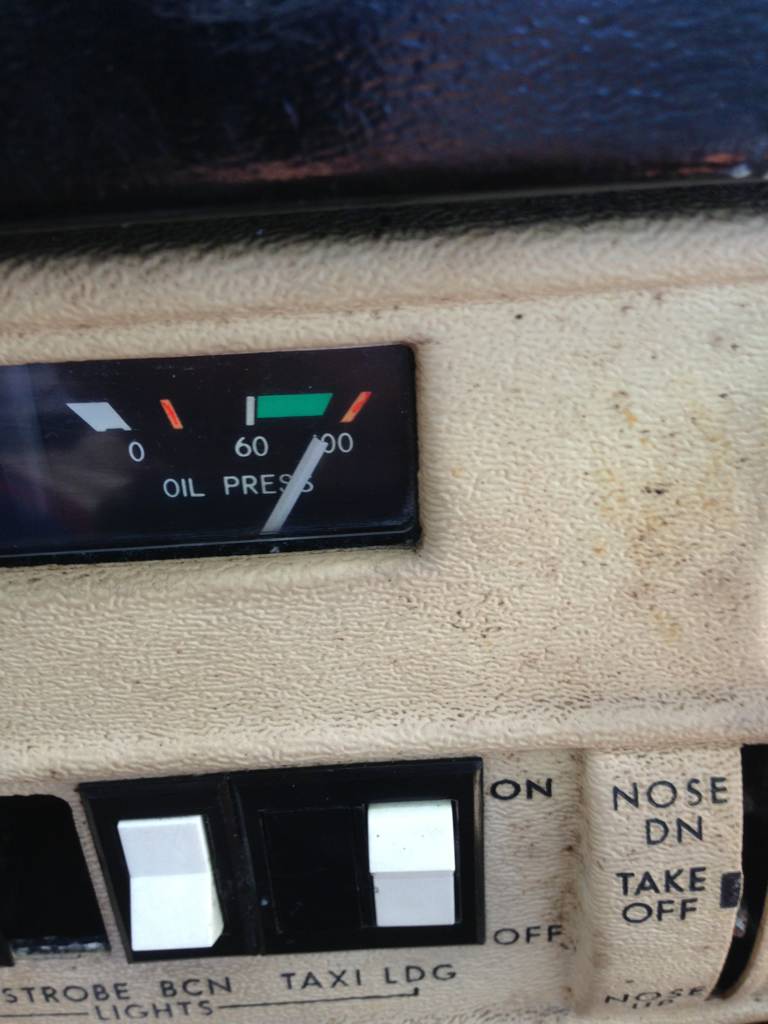DaytonaLynn
Line Up and Wait
- Joined
- Aug 29, 2012
- Messages
- 697
- Location
- Sugar Land Texas
- Display Name
Display name:
One who misses Daytona!
Wait til you fly over water. The echo of the engine off the water amplifies the sound of every engine nuance. You can hear every RPM change. Even when it doesn't change!
This is so true for me.
Last year on my first Very long cross country after gettin my PPL, I flew from Houston (IWS) to New Smyrna Florida (EVB) and as I flew along the gulf, I kept thinking something is not right with the engine.
I could not see any change in rpm, or anything noticeable. I kept pulling the carb heat to make sure no ice and the other items listed. I don't have cowl flaps, so that's the only thing I didn't mess with.
I called back to my plane owner and CFI and asked if they experienced the same thing, they asked where did you first notice it?
Over the gulf. The they told me the same as you say, water makes you hear things that are not there, or maybe it is.
But don't just do nothing!


